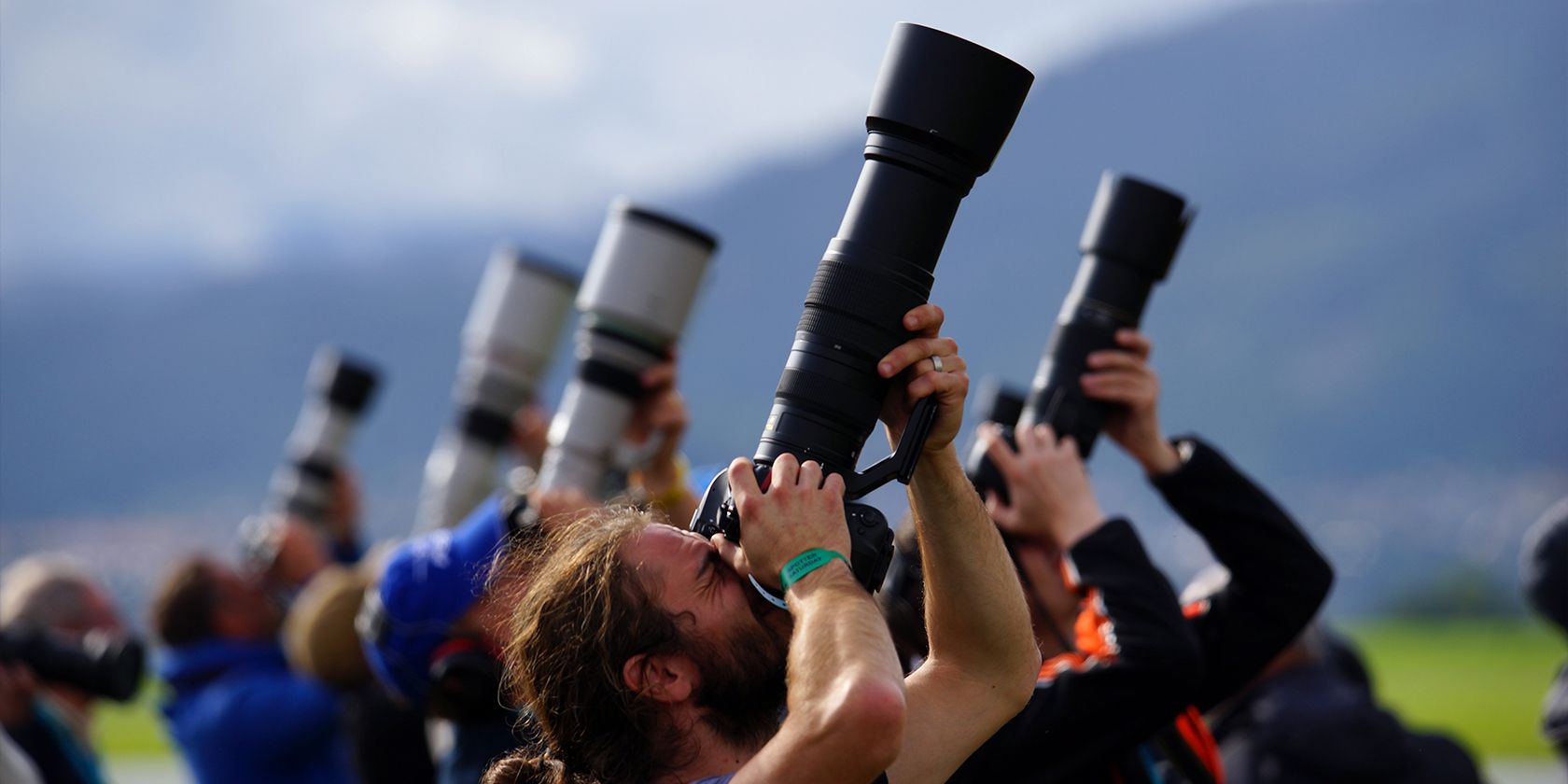
Flickr, one of the most popular photo-sharing sites worldwide, introduced virtual photography as a category in 2022. Their blog post states, “Virtual photography is an emerging art form specializing in photos taken in a video game or virtual environment. .”
But is virtual photography really photography? Let’s discuss the problem below.
What is photography?
Before we talk about virtual photography, let’s first establish a baseline for what photography is. According to the Greek root words φωτός (pictures or light) and γραφή (graphe or writing), photography is writing with light. As it should be, that’s how a camera works, even a digital one.
But aside from the mechanical act of creating an image, the purpose of photography when it was invented was to capture real life as it was. Photography allowed people to see the world as the photographer saw it – not through a painter’s (sometimes unreliable) interpretation.
Photography can also serve as a medium for visual art. Since photography is in 2D format, it easily follows the concepts, theories and precepts of painting.
As time went on, photography evolved from a mere technical skill to capturing moments for posterity to art. With this, some photographers created art for art’s sake, while others combined all three disciplines to create truly remarkable masterpieces.
Now that we’ve defined photography, let’s take a look at how virtual photography compares to these criteria.
Mimicking the technical aspects of physical cameras in a virtual world
When you take a photo in full manual mode, you’re juggling three things on the camera: aperture, shutter speed, and ISO. Also called the exposure triangle, these are the most basic elements a photographer must master in order to turn their vision into an image.
Since virtual photography is captured in a virtual world, how can it mimic the intricacies of physical photography? Some games give you some semblance of control over how you take a screenshot through their cinematic or photography mode, as you can change exposure and contrast, similar to editing a photo.
Many other titles only allow you to capture images in automatic mode, that is, if they even have a photo mode. Most games settle for the screenshot button and save your photo as it is.
Yet virtual photography is still in its infancy, while real photography has been around for about two centuries. As technologies such as ray tracing and advanced game engines develop, the virtual world is rapidly catching up with the real world in terms of visual acuity.
And if you play the latest AAA games like Gran Turismo 7 and Forza Horizon 5 at maximum quality, there are instances where screenshots of the game are hard to distinguish from the real world at a glance.
Virtual photography is already gaining ground in the commercial sector, where companies can simulate their products as they appear in the real world. Virtual photography allows business owners to save costs because they can see what their items look like even before it has started production.
Soon, we expect more games and software to adopt ray tracing, which can accurately mimic how light behaves in the real world, further blurring the line between physical and virtual light.
Does virtual photography serve the original purpose of photography?
As discussed earlier, the primary purpose of photography was to capture events and memories unaffected by the painter’s interpretation.
While this is debatable, given that the photographer chooses what to include and exclude in a photo, and photo manipulation existed nearly 150 years before Photoshop did, the fact that cameras capture images as it is made it the perfect medium for capturing memories.
Therefore, photography has played a huge role in capturing history. From the American Civil War to the Russian invasion of Ukraine in 2022, photographs have captured a single moment in time and preserved them forever. And more than just capturing history, some photos, like this compilation from All That’s Interesting, have actually changed history.
But because most historical events take place in the real world, there’s almost no chance for virtual photography to capture anything that affects humanity, at least for now. However, that doesn’t mean that virtual photography doesn’t have a place in making memories.
As the world moves more and more online, especially when people were forced to stay at home during the 2020 pandemic, many built real friendships in online spaces, such as Second Life, Grand Theft Auto Online, and Forza Horizon 5.
While their activities were only within the confines of their chosen virtual world, the relationships they ignited there couldn’t be more real. And since everything they did with their friends took place online, they could only commemorate their experiences and achievements through virtual photos.
Virtual photography as art
One thing that photography has changed over the years is art. According to The Britannica Dictionary, art is something that is made with imagination and skill, is beautiful or expresses important ideas or feelings.
With this definition, you can say that games are art, which makes them one of the reasons why many love modern video games. And if someone lived and moved in a beautiful virtual world, even for just a few hours a day, they can be moved to capture their environment and turn it into more visual art.
It’s not just beauty and imagination that make virtual photography an art. Even the chaos and destruction of first-person shooters, such as Battlefield 1, can be captured in such a way as to portray the true horrors of warfare. By doing this, we can remember the pain and anguish our ancestors went through, thus reminding us that peace must prevail.
Can virtual photography apply the concepts of real-world photography?
Video games are by definition considered art. But when these titles started to create worlds that allowed players to capture breathtaking or even controversial images in these virtual worlds that made people think and feel a spectrum of emotions, then virtual photography became art.
When it comes to technicalities, virtual photography still lags behind the real world, but not by much. Over the next decade, you can expect hardware performance and software advancements to create photo-realistic scenes in no time. It allows developers to create algorithms that allow players to simulate real camera effects in the virtual world. By the way, smartphone makers are already doing that with computational photography.
The only thing virtual photography is left with is capturing history as it unfolds. That’s because most events that affect large groups of people at the same time actually happen. While people are already capturing memories with virtual photography, they are usually only between small groups of friends.
It’s not until the metaverse takes over our world – when politicians campaign and elections are held in a virtual world, and where people’s lives are drastically changed by events in it – will we see virtual photography become an important part of human history. And as it is, it seems unlikely that will happen any time soon.
Should virtual photography be considered real photography?
In some ways, yes, virtual photography is similar to real photography. Developers can implement algorithms in their games that mimic real-world light and cameras. Virtual photography can also be used to capture events, albeit personal ones, and people can always create art, whatever the medium.
While virtual photography is not yet at the mainstream level where it can grace the front pages of newspapers or be featured in the latest news coverage, it is slowly gaining steam among millions. From online players and social media butterflies to companies using simulations to take virtual photos of their products, virtual photography will slowly take root in our society.
Just as it took nearly a few centuries for photography to become as ubiquitous as our smartphones, it will also take a while for virtual photography to take root. But once virtual photography takes off, it can become so commonplace that many won’t even notice or even care whether an image is real or virtual.

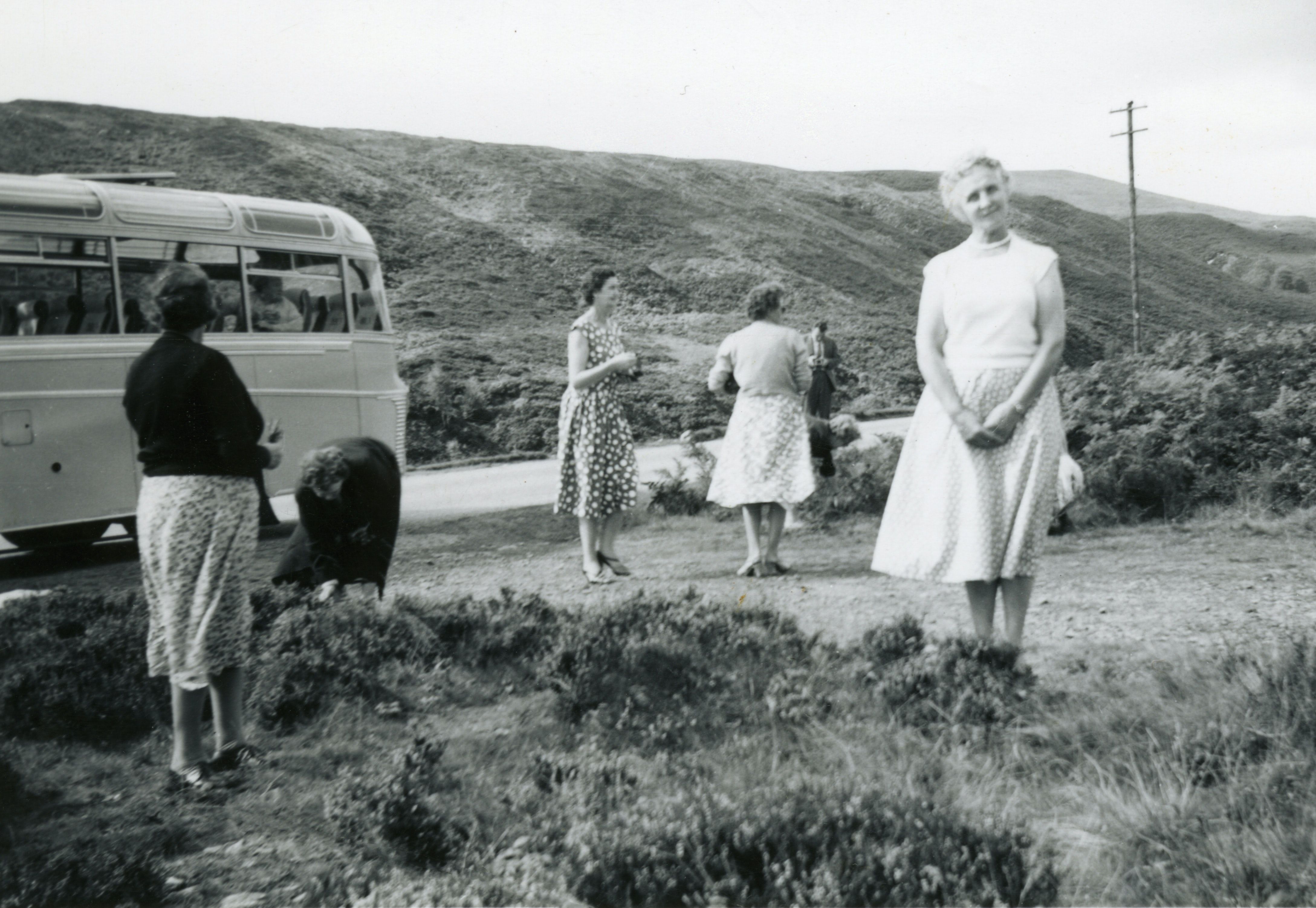
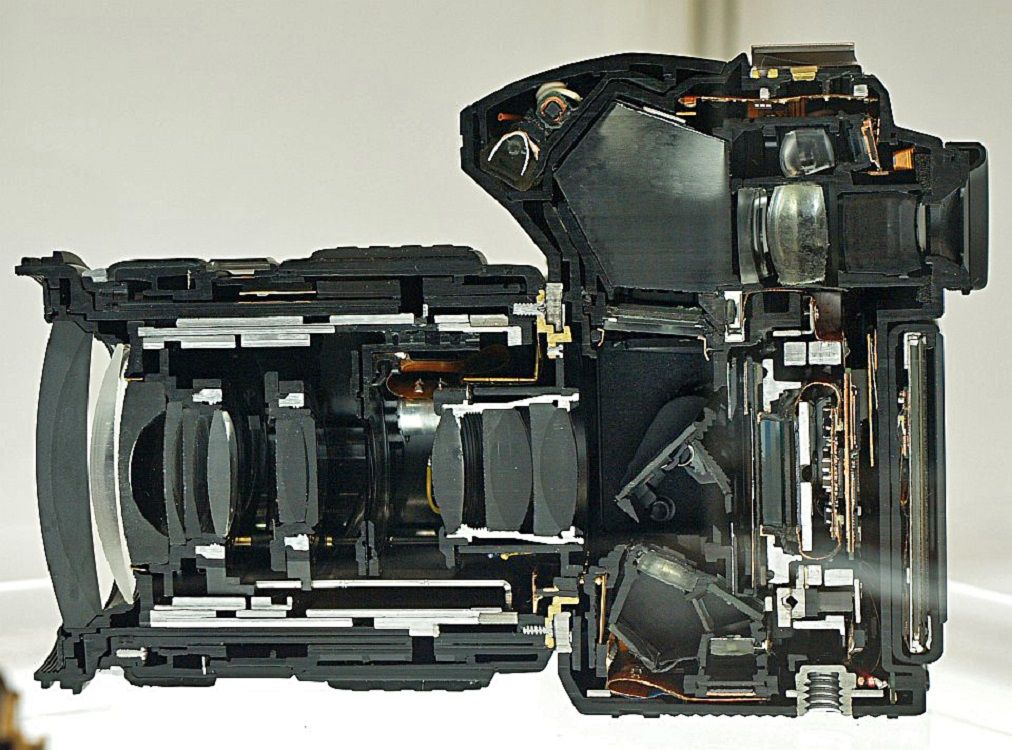
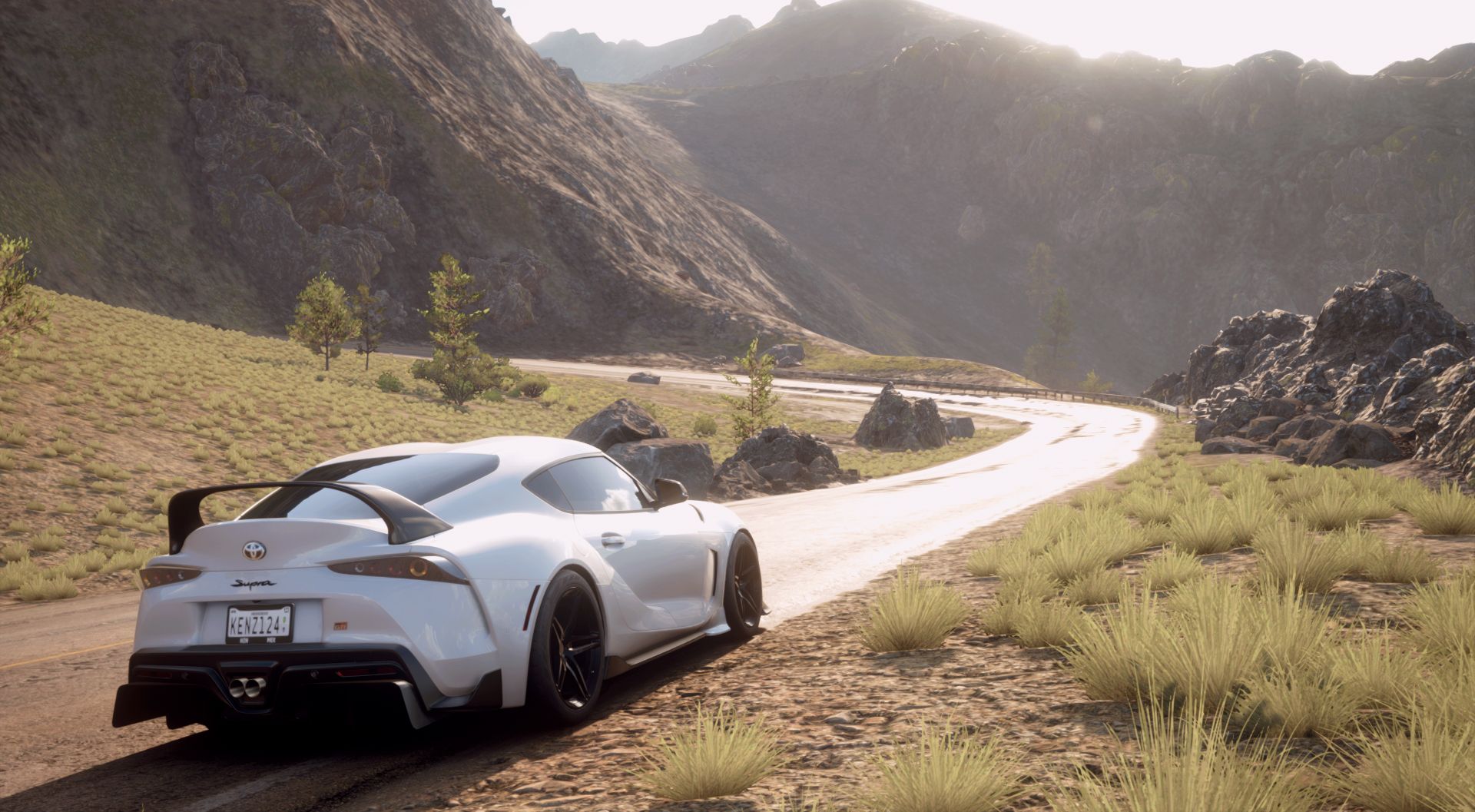

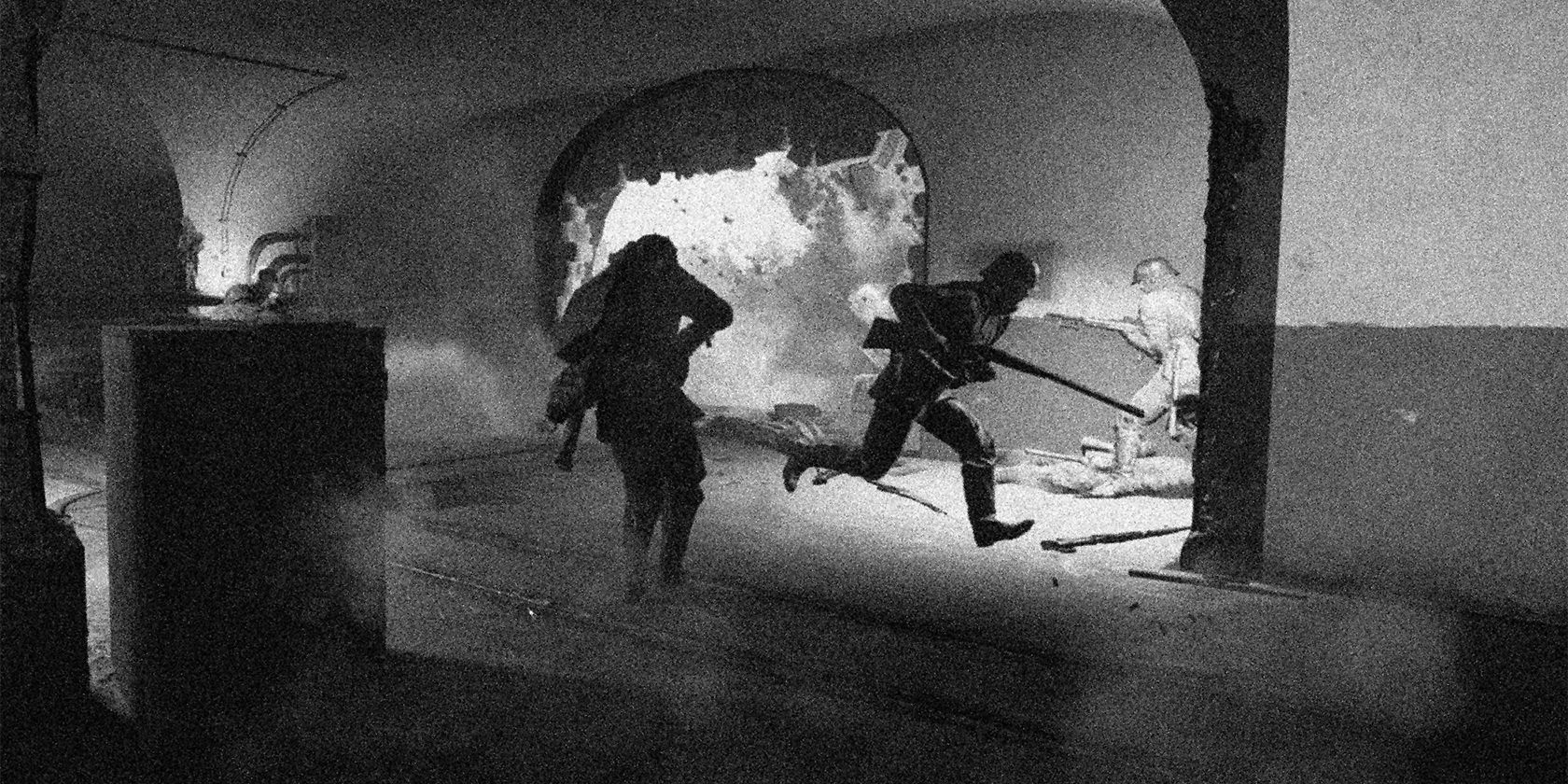

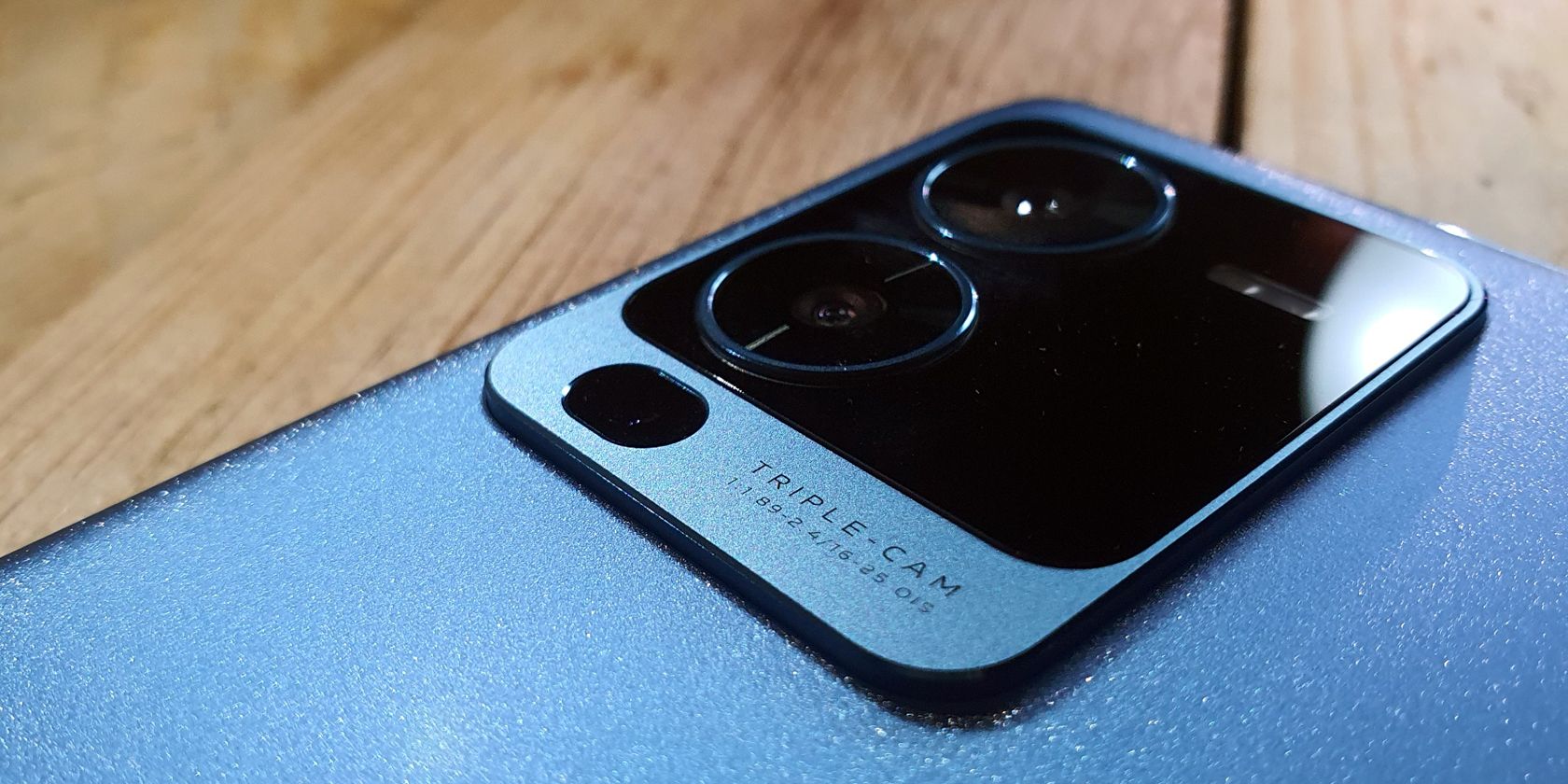
0 Comments